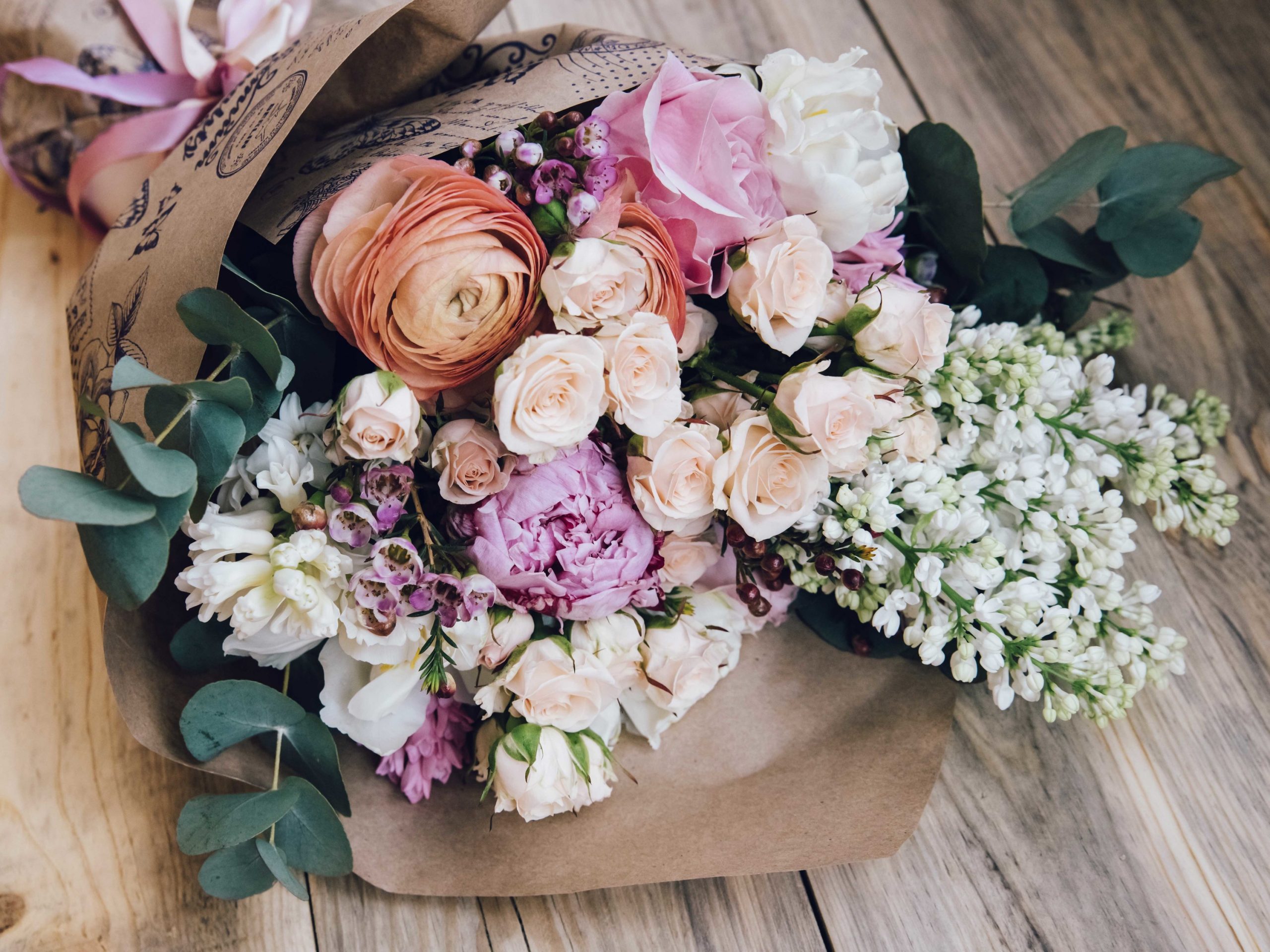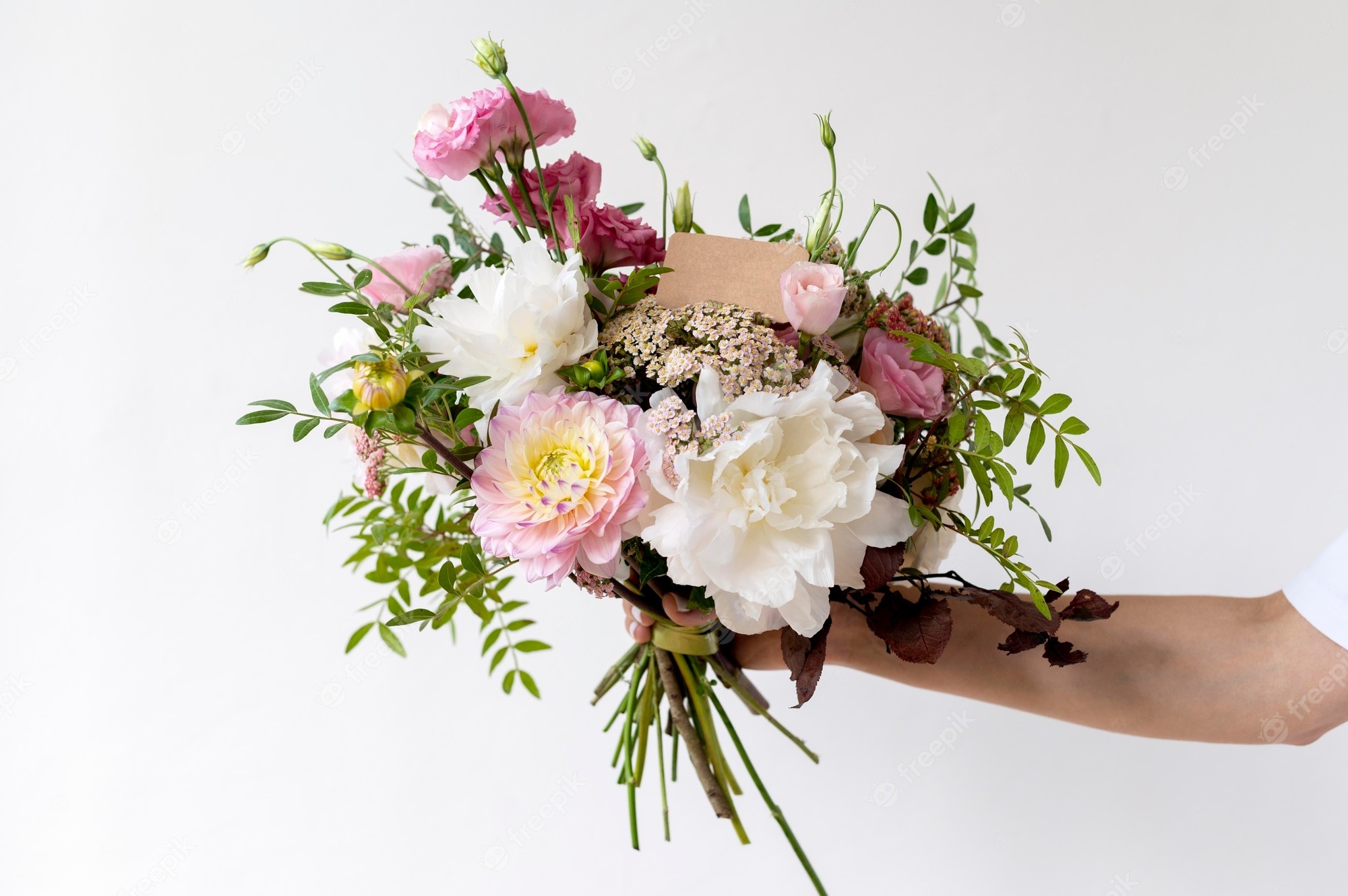
Without question, an essential step is to buy fresh, as in recently harvested, flowers; to further ensure a lengthy lifespan, purchase floral arrangements at Flowwow Dubai is a city with a moderately dry and hot climate, meaning you’ll definitely need the following life hacks to keep any bouquet garden-fresh for days to come.
Our most dangerous and elusive foe is bacteria: the vase should be thoroughly scrubbed to minimise the number of foreign microorganisms. An effective and quick fix is to rinse the container with hot water, then fill it with cold one and let it sit for some time. Also, size does matter: small vases can’t store enough liquid for large compositions. One more piece of advice is to avoid displaying two bouquets in a single vase: some flowers are incompatible with one another, which creates a truly toxic environment.
Having received wrapped flowers, don’t be in a hurry to remove the packaging – the arrangement needs time to become familiar with the air temperature and humidity levels. Keep the original wrapping untouched for 15 to 20 minutes, and then place the bouquet in a clean vase filled with room-temperature water.

Although arranged flowers always come trimmed, it’s worth repeating this procedure every couple of days to mitigate bacterial growth. For masterful grooming, start by trimming the leaves from the lowest parts of the stems, ensuring that the remaining leaves stay above the water. After that, carefully cut the stems by 0.5 cm at a 45-degree angle using a sharp knife or a pruner and place the flowers in the water to enjoy their refreshed look.
This might be unexpected news, but cut flowers do need nutrition. Let’s take roses, for example – they benefit from vinegar, alcohol, or citric acid; in the case of chrysanthemums and alstroemerias, activated charcoal is the ideal option. To feed other flowers, it’s recommended to add half of an aspirin pill or a pinch of sugar is recommended. However, the safest and most viable alternative is Chrysal, a ready-made combination of flower foods, perfect for any bouquet.
We’ve saved an essential tip for last: carry out a water change every 2 to 3 days. Doing this staves off the onset of bacterial growth and provides additional nutrition for the flowers. Remember that water shouldn’t come straight from the faucet: let it sit in a separate vase or container at room temperature for a few hours. Pair this procedure with stem cutting to invigorate even a wilted arrangement.
The crucial detail is a suitable microclimate: it’s generally unfavourable to place cut flowers in direct sunlight or near air conditioners, heaters, and electric stoves. Heat shortens the lifespan of your bouquet, so make sure to maintain a fresh and cool environment. Don’t forget the rule of three: frequently change the water, trim the stems, and add nutritional supplements for beautiful and long-lasting results.
It is true: sugar does provide extra nutrients. This is usually visible with exceptionally large, thick-stemmed flowers (like peonies or chrysanthemums) stored in a small, narrow vase: the vessel’s tightness causes a lack of water and nutrition, and sugar can nourish the arrangement back to health. That being said, carbohydrates create an ideal feeding ground for bacteria, causing the flowers to rot, so if your bouquet doesn’t seem pale and lifeless, avoid any sugar-based supplements.
The simplest way is to preserve buds with glycerine, which replaces the moisture present in the flower tissue. Taking from 3 days up to 3 weeks, this method results in an almost immortal, exquisitely kept arrangement. Neither colour nor form will be damaged, while the flowers’ texture might acquire a pleasant rubber-like quality. Salt, lime, or sand are also used to remove moisture – however, these practices are much less effective.



